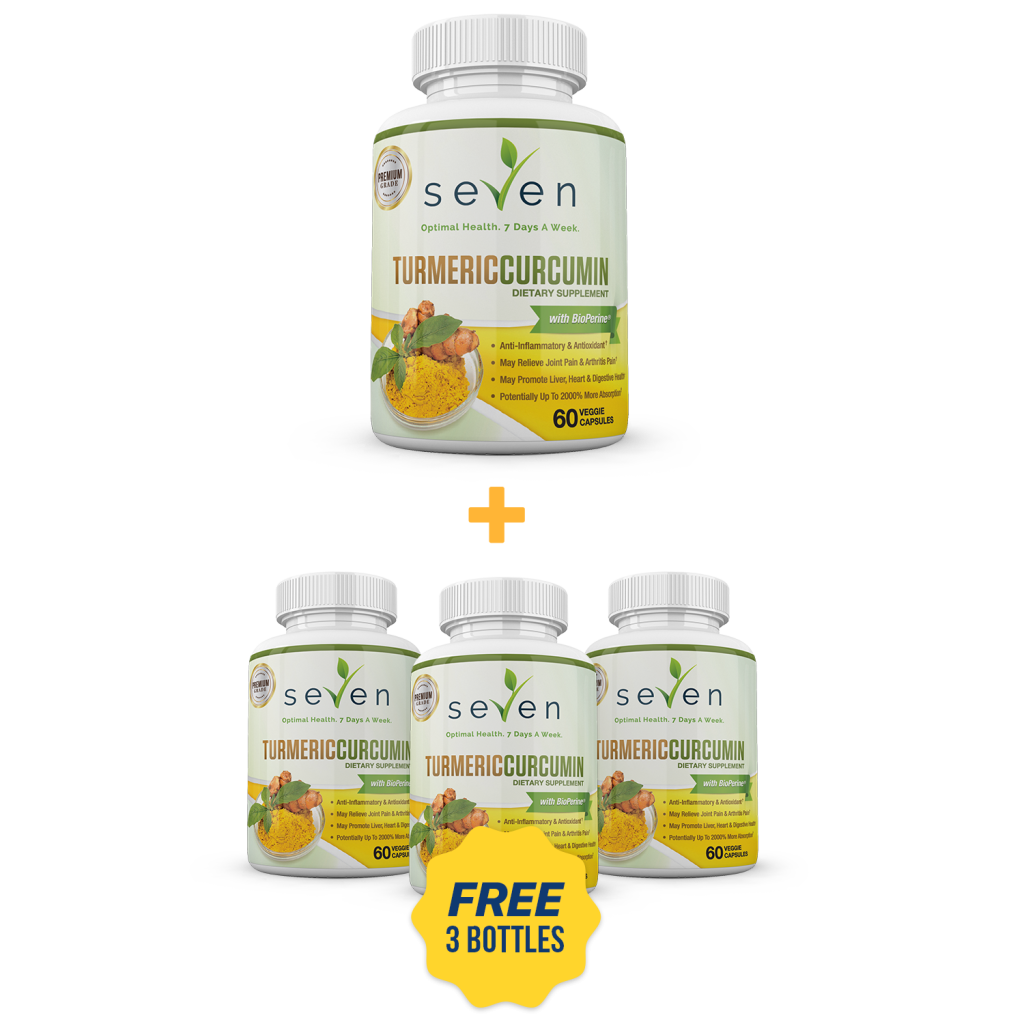The sun is the best source of vitamin D.
And lack of vitamin D is believed to be a contributing factor in Seasonal Affective Disorder. You know, that awful time during fall and winter when everything seems to be awful and you’re depressed – seemingly for no reason at all.
But there’s good news hidden just beyond these dark words. You don’t have to rely on vitamin D. Here are just a handful of fruits and vegetables you can rely on to help kick SAD to the curb.
Wild-Caught Salmon
There are other sources of vitamin D. Out of all the fatty fish, wild-caught salmon has the highest amount of vitamin D. On average, it contains nearly 1,000 IU per 3.5 ounce serving. Ahi tuna is the next closest with only 404 IU per serving. It’s incredibly important to opt for wild-caught because farmed salmon contains just 245 IU of vitamin D.
In addition to vitamin D, salmon also contains high levels of omega-3s, magnesium, and vitamin B12. Low levels of any of those can cause depression, so be sure to keep your levels up during the winter.
Tomato
I know. It’s a summer fruit, but you can find it pretty much anywhere at any given time. So it can play. It’s also relatively easy to grow inside (it can get expensive to keep buying tomatoes from the store out of season).
A study found that a tomato-rich diet can help keep depression at bay. Lycopene is believed to be at the center of these benefits. A powerful antioxidant, lycopene can also help prevent various cancers and may even help improve lung function in people with exercise induced asthma. Exercise can also be a great way to help reduce your depression.
Butternut Squash
That weird looking beige squash is fully of yellowy orange goodness. Butternut squash contains vitamin C and other antioxidants in high amounts. But the reason you want to eat butternut squash is because it contains betaine – a precursor to SAMe. SAMe is commonly used to treat cases of mild depression. Butternut can be easily added to almost any email. Just cube it up, cook it, and toss it in your salad, your meat dish, or make a soup out of it.
Jalapeño
You can put any spicy pepper here and it’ll be fine. Please note the emphasis on spicy. Bell peppers aren’t going to cut it. If you can handle a jalapeño, then you might want to bump it up to a serrano. Spicy peppers contain capsaicin. Capsaicin has the lovely effect of helping release endorphins. Endorphins will make you feel better. For a little bit, anyway.
Garlic
Garlic is probably one of the last foods you’d turn to, but it’s one of the most abundant, cheapest, and probably the best way to ratchet up your health out of these options. Fresh garlic is easy to add to any dish and adds a whole new depth of flavor. As long as you don’t overdo it, your breath won’t smell awful.
Garlic contains chromium. But so do onions, leeks, and shallots. Chromium can affect serotonin production. Low levels of serotonin have been attributed to depression. So feel free to give in to these “smelly” foods if you’re feeling a little low.
Build your immune system, Try our Premium Grade Garlic And Parsley Extract
I’ve only included a few foods here that can help keep you happy during the winter months. But it’s also important to realize that what you eat can have the opposite effect on your mood. A diet high in processed foods and sugars can easily turn your mood sour.
References:
https://www.ncbi.nlm.nih.gov/pubmed/17267210
https://www.ncbi.nlm.nih.gov/pubmed/22840609
https://www.ncbi.nlm.nih.gov/pmc/articles/PMC4303396/
https://www.ncbi.nlm.nih.gov/pmc/articles/PMC2738337/
https://www.ncbi.nlm.nih.gov/pubmed/22840609
https://www.ncbi.nlm.nih.gov/pmc/articles/PMC4303396/
https://www.ncbi.nlm.nih.gov/pmc/articles/PMC2738337/



What did you think about this article?